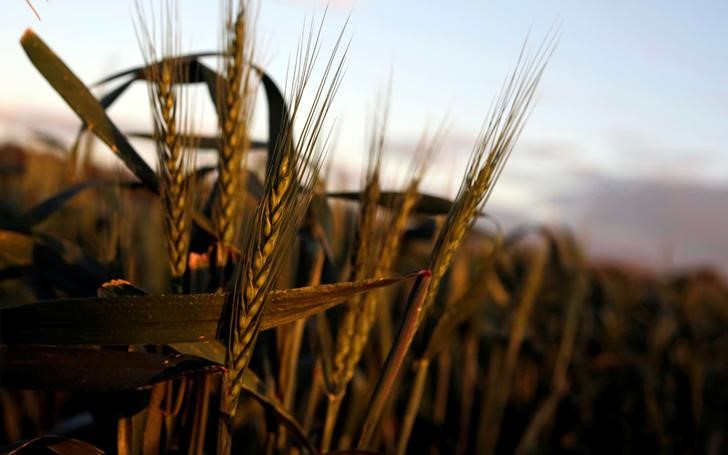By Naveen Thukral and Colin Packham
SINGAPORE/SYDNEY (Reuters) - Australia's wheat farmers face a double whammy this year as dry weather slashes local production at a time when bloated global inventories are dragging on international prices for the grain.
The world's fourth largest wheat exporter is set for its smallest crop in a decade after hot, dry weather parched fields. But with international stocks at all-time highs of over 250 million tonnes, global prices have fallen to near their lowest in two months.
"They have stiff competition in the market, Black Sea suppliers have already eaten into Australia's market share," said a Singapore-based trader, declining to be identified as he was not authorized to speak with media.
"Australian wheat has to be at competitive prices if it is to find business."
Australian wheat prices have dropped to around $245 a tonne, free on board at ports in Western Australia, the country's biggest exporting state. That is down from $255 a tonne being quoted two weeks ago before harvesting had really picked up pace.
This time last year, farmers were getting $280 for a similar variety of wheat.
Australian wheat crop yields are forecast to decline to 1.72 tonnes per hectare in the 2017/18 season, according to estimates from the U.S. Department of Agriculture, down 36 percent from the previous year's record 2.7 tonnes per hectare.
Although recent rains across the scorched farms of New South Wales, which produce high-protein hard wheat, are likely to help improve yields, analysts said.
"These rains are not likely make or break for the crop, but I think showers will be helpful in southern and central New South Wales, but for northern parts of the state it is too late," said Phin Ziebell, an agribusiness economist at National Australia Bank in Melbourne.
Winter 2017 was not only the warmest in Australia since records began more than a century ago, but was also among the top 10 driest seasons ever, data from the country's weather bureau shows.
Australia's wheat output is expected to drop to 20.15 million tonnes in 2017/18, 7 percent below the official outlook of 21.64 million tonnes and more than 40 percent lower than last year's all-time high of 35.56 million tonnes, according to a Reuters poll.
The country will still have close to 17-18 million tonnes of surplus to export in 2017/18 with domestic consumption at around 7-8 million tonnes and last year's closing stocks at 6 to 7 million tonnes, two Singapore-based traders estimated.

The USDA has forecast Australian exports at 20 million tonnes.